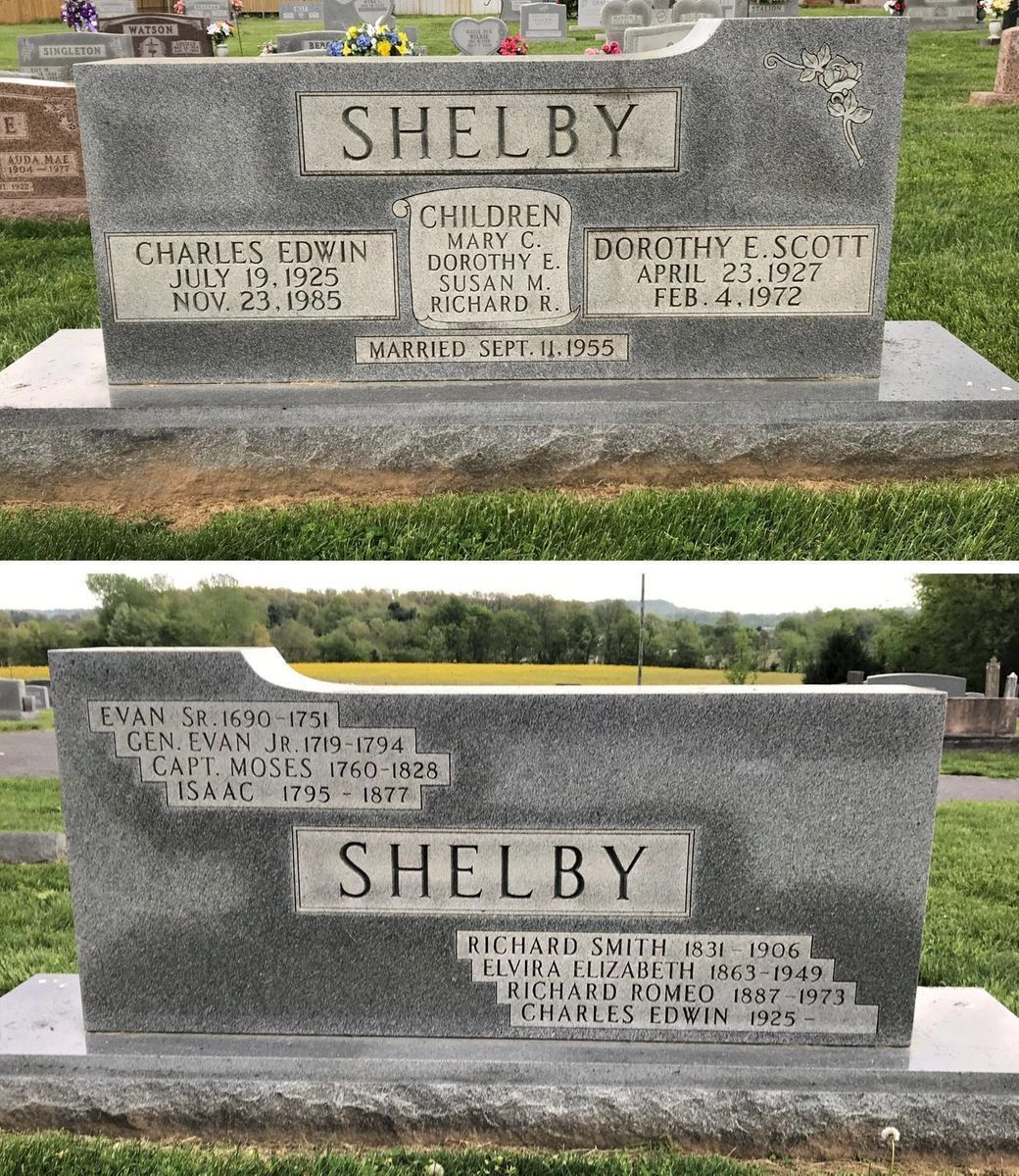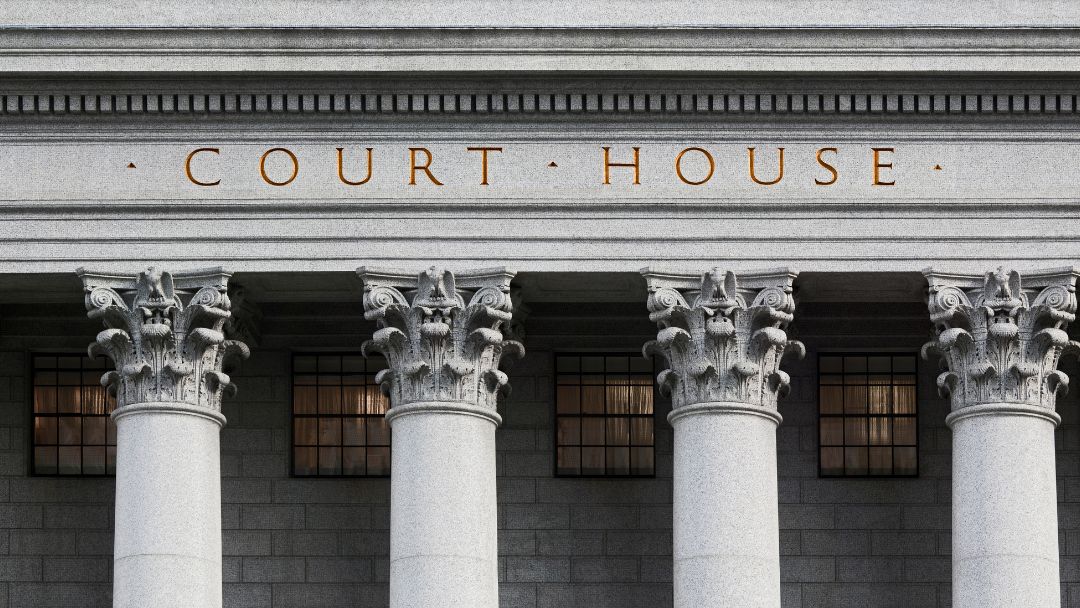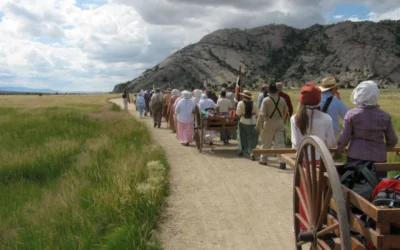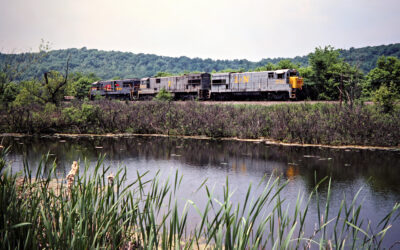The Kentucky archives and vital records are a deep well of information about our Kentucky ancestors. Many family researchers know ancestors who were born or lived in Kentucky but then sought their fortune somewhere else in the United States.
If they died in another state, then sites like Find a Grave or Billion Graves can fill in the missing details. These websites contain rich databases of vital record information that may not be available elsewhere. The question is – how do you get that information?
Crowdsourcing for Cemeteries
Crowdsourcing is a relatively new term ushered in with the social media sites. Basically, a person asks an online community to contribute to their cause. Websites like GoFundMe or Kickstarter raise money for people, causes, or charities. An example is the American’s Food Fund, the largest ongoing fundraiser that provides resources to ensure struggling families can eat. To date, the campaign has raised over $45 million dollars.
There are other smaller campaigns that help under-funded causes in poorer communities. In March, the Red River Museum in Clay City, Kentucky, flooded during a freak storm, endangering a collection of Eastern Kentucky genealogy records and family photos. The Red River Historical Society was raising funds to repair the incredible damage to the contents and structure of the Museum. By June, the Kentucky Humanities Council provided a grant to the group. This money ensures the valuable collection is preserved.
Would Crowdsourcing Work for Finding Cemeteries?
Michael Cassara (Digiroots) speaker in our 2021 August seminar, has an original idea for crowdsourcing. Cassara is a professional genealogist and speaker, who researched his European ancestors extensively. He suggests applying the crowd to assist with our own genealogical research.
Cemeteries frequently provide genealogists with clues that exist nowhere else. Websites like Billion Graves and Find A Grave have made even the most remote cemeteries accessible to researchers worldwide.
Many tombstones contain essential genealogy information such as full name, birth date, and death date. A headstone for a couple shows their marriage. If you are lucky enough to have a lost genealogist in your family, you might find a tombstone like one from Charles Edwin Shelby of Salem, Kentucky. It shows the ancestry line right on the tombstone.
Applying the Crowd to Your Family History
Crowdsourcing makes documenting cemeteries more manageable by having many individuals do what feels most comfortable for them—be it visiting nearby cemeteries and recording gravesite locations or transcribing uploaded headstone photos so that other people waiting to see a name can read the information.
Find a Grave boasts over 190 million memorials created since 1995. There is an active group of cemetery volunteers who will help you. Plus, you can return the favor and help with your local cemetery.




